Are your scissors starting to feel a little dull? Or maybe you’ve misplaced your knife sharpener and need to find a quick and easy way to sharpen your scissors. No matter the reason, there’s a quick and easy way to sharpen scissors using a knife sharpener.
In just a few simple steps, you can have your scissors feeling like new again in no time at all. So what are you waiting for? Read on to learn how to sharpen scissors with a knife sharpener!
How to Sharpen Scissors With A Knife Sharpener?
Sharpening scissors with a knife sharpener can be a bit more challenging compared to using a dedicated scissor sharpener, but it’s certainly possible with the right technique. Here’s a detailed guide on how to sharpen scissors using a knife sharpener:
Choose the Right Knife Sharpener: Look for a knife sharpener that has a slot or a section specifically designed for sharpening scissors. While many knife sharpeners primarily focus on knife blades, some models come with a dedicated section or attachment for scissors.
Inspect the Scissors: Before sharpening, carefully inspect the scissors for any damage or irregularities in the blades. If there are any major nicks or deformities, consider having the scissors professionally serviced or replaced.
Prepare the Sharpener: If your knife sharpener has a dedicated section for scissors, make sure it’s clean and free from any debris. If it’s an attachment, ensure it’s securely attached to the sharpener according to the manufacturer’s instructions.
Position the Scissors: Hold the scissors firmly with one hand, ensuring that the blades are fully open. Place one blade into the designated sharpening slot or section of the knife sharpener.
Angle and Pressure: Determine the appropriate angle for sharpening based on the manufacturer’s instructions or the design of the sharpener. Apply gentle but firm pressure as you slide the scissors blade along the sharpening surface. The goal is to maintain a consistent angle and apply even pressure across the entire length of the blade.
Sharpening Motion: Move the scissors blade along the sharpening surface in a smooth, continuous motion, starting from the base and working towards the tip. Repeat this motion several times, ensuring that you sharpen the entire length of the blade evenly.
Switch Blades: Once you’ve sharpened one blade, repeat the same process for the other blade of the scissors. Make sure to maintain consistent pressure and angle throughout the sharpening process.
Test Sharpness: After sharpening both blades, carefully examine the cutting edges for any remaining dull spots or irregularities. Test the scissors by cutting through a piece of paper or fabric to gauge their sharpness. If necessary, repeat the sharpening process until you achieve the desired level of sharpness.
Clean the Scissors and Sharpener: Once sharpening is complete, wipe the blades of the scissors clean with a soft cloth to remove any metal shavings or debris. Similarly, clean the knife sharpener according to the manufacturer’s instructions to ensure optimal performance.
By following these steps and exercising patience and precision, you can effectively sharpen your scissors using a knife sharpener, prolonging their lifespan and maintaining their cutting performance.
How to sharpen scissors with a knife Sharpener Rod?
Sharpening scissors with a knife sharpener rod can be done, but it requires a bit of skill and patience. Here’s a step-by-step guide on how you can sharpen your scissors using a rod-style knife sharpener:
Materials Needed:
- Scissors
- Rod-style knife sharpener
- Honing oil (optional)
Steps:
- Inspect the Scissors:
- Before you start sharpening, make sure your scissors are clean and free from any debris or sticky substances.
- Choose the Right Angle:
- Hold the scissors so that the cutting edge is facing away from you. Identify the angle of the existing bevel on the scissors. This is the angle you’ll want to maintain while sharpening.
- Secure the Scissors:
- If your rod-style sharpener has a clamp or holder for scissors, use it to secure the scissors in place. This can make the sharpening process more stable.
- Apply Honing Oil (Optional):
- If your sharpener requires honing oil, apply a small amount to the rod. This helps reduce friction and keeps the blade lubricated. Not all rod-style sharpeners require oil, so check the manufacturer’s instructions.
- Find the Correct Angle:
- Hold the scissors at the same angle as the existing bevel, and place one blade against the rod. The goal is to maintain a consistent angle throughout the sharpening process.
- Stroke the Blade:
- Starting from the base of the blade near the pivot point, slide the blade along the rod towards the tip. Use smooth, controlled strokes. Repeat this process several times on each side of the blade.
- Check Progress:
- After a few strokes, check the edge of the scissors for any improvement. You may notice a shiny, polished edge forming. Continue sharpening until you achieve the desired sharpness.
- Switch to the Other Blade:
- Repeat the process on the other blade of the scissors, ensuring you maintain the same angle.
- Test the Sharpness:
- After sharpening, carefully test the scissors on a piece of paper or fabric to check for improved cutting performance.
- Adjust as Needed:
- If one part of the blade is sharper than the other, or if the scissors are not cutting evenly, make adjustments by focusing on the areas that need more attention.
Remember, practice and patience are key when sharpening scissors or any other cutting tools. If you’re unsure or uncomfortable with the process, you may want to seek assistance from a professional sharpener.
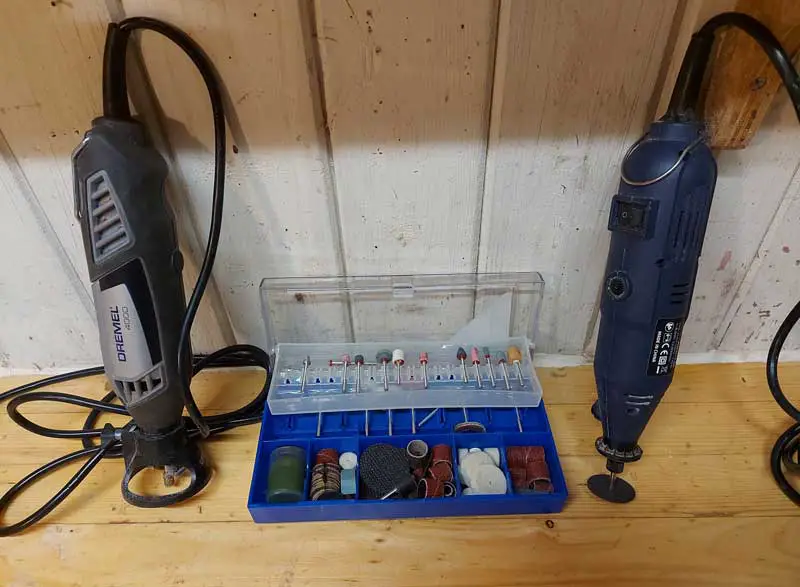
How Do You Sharpen Scissors with a Manual “V” Sharpener?
Sharpening scissors with a manual “V” sharpener can be a simple yet effective process if done correctly. Here’s a detailed guide on how to do it:
Select the Right Sharpener: Choose a manual “V” sharpener specifically designed for sharpening scissors. These sharpeners usually have two slots with abrasive surfaces set at an angle, forming a “V” shape.
Inspect the Scissors: Before sharpening, examine your scissors for any nicks, burrs, or irregularities in the blades. If you notice any major damage, consider having them professionally serviced or replaced.
Prepare the Sharpener: Place the manual “V” sharpener on a flat, stable surface. Ensure it’s securely positioned to prevent slipping during the sharpening process.
Identify the Correct Slot: Most manual “V” sharpeners have two slots labeled for different types of blades. One slot is typically for coarse sharpening, while the other is for fine sharpening. Choose the appropriate slot based on the condition of your scissors. If they’re very dull, start with the coarse slot; otherwise, use the fine slot for maintenance sharpening.
Position the Scissors: Hold the scissors firmly with one hand, ensuring the blades are fully open. Place the first blade into one side of the “V” slot, ensuring that the cutting edge makes contact with the abrasive surface.
Sharpening Motion: With gentle but firm pressure, slide the scissors blade along the length of the slot, maintaining contact with the abrasive surface. Move the blade from the base to the tip in a smooth, continuous motion. Repeat this process several times, gradually sharpening the entire length of the blade.
Repeat for the Other Blade: Once you’ve sharpened one blade, repeat the same process for the other blade of the scissors. Make sure to apply equal pressure and strokes to both blades to ensure uniform sharpening.
Check Sharpness: After sharpening both blades, carefully examine the cutting edges for any remaining dull spots or irregularities. If necessary, repeat the sharpening process until you achieve the desired level of sharpness.
Clean the Scissors: Once sharpening is complete, wipe the blades clean with a soft cloth to remove any metal shavings or debris. This will ensure smooth cutting performance and prevent contamination of future use.
Test Cutting Performance: Finally, test the scissors by cutting through a piece of paper or fabric. They should glide smoothly and effortlessly through the material, indicating that they’ve been properly sharpened.
By following these steps, you can effectively sharpen your scissors using a manual “V” sharpener, prolonging their lifespan and maintaining optimal cutting performance.
Sandpaper to sharpen scissors
Many people don’t realize that sandpaper can be used to sharpen scissors. This is a common method used by professional sharpening services.

The process is relatively simple: you simply need to find a piece of sandpaper with grit that’s appropriate for the level of dullness of your scissors. Once you’ve found the right sandpaper, cut it into strips, and then use these strips to sharpen the blades of your scissors.
Start by sharpening the outside edge of each blade and then move on to the inside edge. Be sure to work slowly and carefully to avoid damaging the blades. With a little practice, you’ll be amazed at how well this method works.
Aluminum foil for sharpening
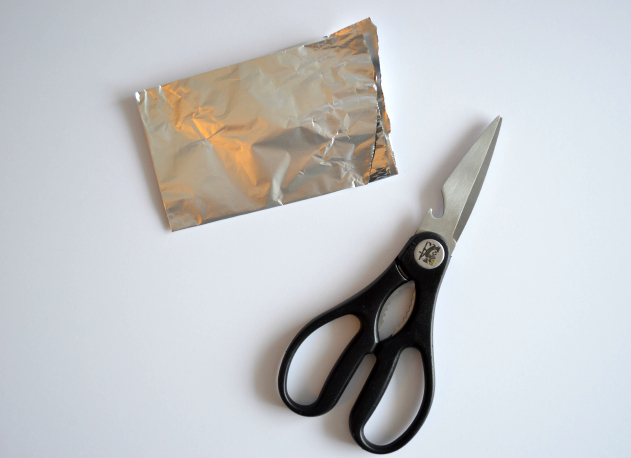
Sharpening scissors is an important part of maintaining them. Over time, the blades will become dull and will need to be sharpened to function properly. There are several ways to sharpen scissors, but one simple method is to use aluminum foil.
Simply fold the foil several times until it is about as thick as a playing card. Then, cut through the foil a few times with the scissors. The abrasive nature of the foil will help to sharpen the blades. In addition, this method is inexpensive and easy to use, making it a great option for anyone who wants to keep their scissors in good condition.
Sharpening Stone For Razor Sharpness
A sharpening stone is an essential tool for keeping a razor sharp. When used correctly, a sharpening stone can help prolong the life of your razor and keep it performing at its best. There are a few things to keep in mind when using a sharpening stone.
- Make sure that the stone is wet before starting to sharpen.
- Use light pressure when running the razor over the stone. too much pressure can damage the blade.
- Be sure to rinse the razor thoroughly after sharpening to remove any loose metal filings. With a little practice, you will be able to keep your razor sharp and ready for a close shave.
How to Use the Sharpening Stone
A sharpening stone is a key tool in any kitchen, and it is important to know how to use it correctly.
- It is important to choose the right type of stone for your knives. A harder stone will be better for finer knives, while a softer stone is better for thicker blades.
- You will need to lubricate the stone with either water or oil. This will help to prevent the knife from becoming damaged during the sharpening process.
- Simply run the knife up and down the stone at a consistent angle until it is sharp. With a little practice, you can easily sharpen your knives at home using a sharpening stone.
Best Scissors Sharpener
Need A Knife Sharpener? Check Our Recomandation
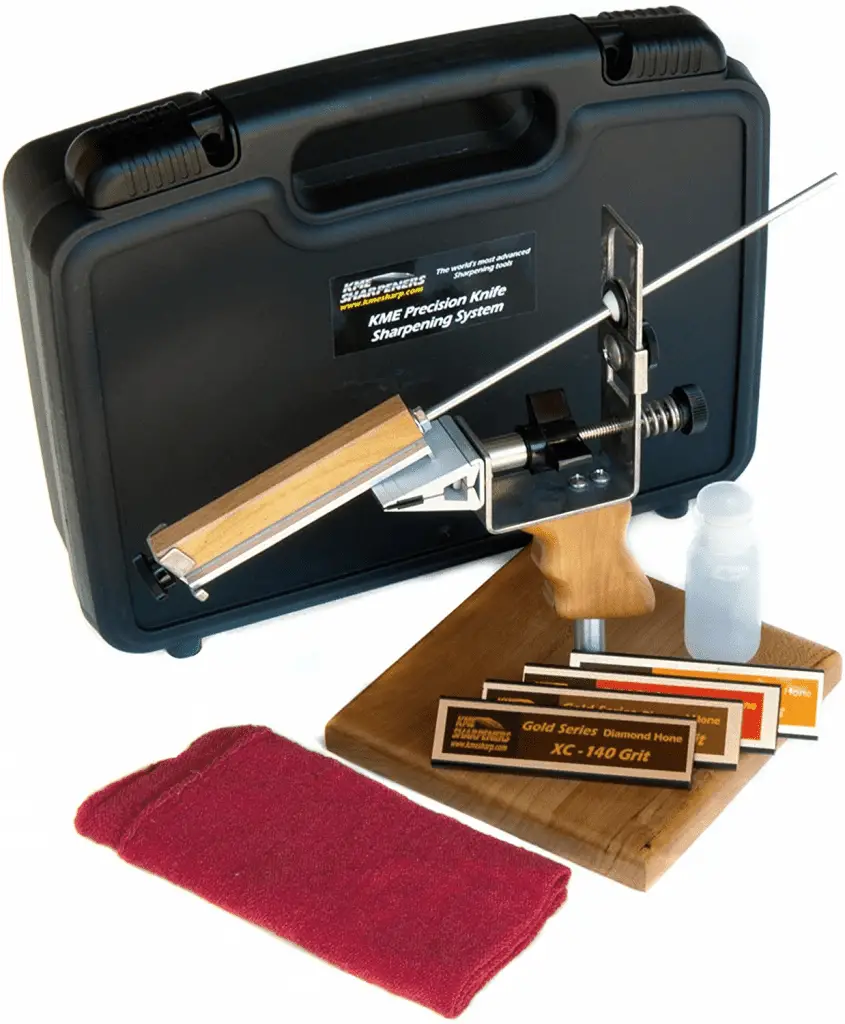
Any good cook knows that having sharp knives is essential to preparing a meal. The same can be said of scissors. Whether you are cutting fabric for a sewing project or trimming your hedges, having a sharp pair of scissors makes the job much easier. Of course, over time, all scissors will become dull and will need to be sharpened. While there are many ways to sharpen scissors, electric sharpeners offer the best results. Here are some of the features to look for when choosing an electric sharpener:
-Ease of use:
The best electric sharpeners are easy to set up and use. They should come with clear instructions so that you can get the perfect edge every time.
-Adjustability:
A good electric sharpener will allow you to adjust the angle of the blade so that you can customize the level of sharpness. This is especially important if you have different types of scissors that you need to sharpen.
-Safety features:
When dealing with sharpeners, safety is always a concern. Look for an electric sharpener that has a safety guard to protect your fingers and a nonslip base to prevent the sharpener from moving around while in use.
With so many electric sharpeners on the market, it can be hard to know which one to choose. However, by keeping these factors in mind, you can be sure to find the perfect sharpener for your needs.

What can I use at home to sharpen scissors?
Scissors are an essential tool in any household, and it is important to keep them sharpened and in good condition. There are a few different ways that you can sharpen scissors at home.
1. One option is to use a honing stone.
-First, wet the stone and then hold the scissors at a 20-degree angle against the stone.
-Use a back-and-forth motion to sharpen the blades.
2. Another option is to use aluminum foil.
-First, fold the foil several times until it is about an inch thick.
-Then, open the scissors and place the blades on the folded foil.
–Close the scissors and use a back-and-forth motion to sharpen the blades.
-You can also use sandpaper to sharpen your scissors. Simply open the scissors and place the blades on a sheet of sandpaper. Use a back-and-forth motion to sharpen the blades.
With a little time and effort, you can easily keep your scissors sharpened and in good condition.
FAQs:
1. Does cutting aluminum foil actually sharpen scissors?
It’s a common myth that cutting aluminum foil with scissors will sharpener the blades. Unfortunately, this is not the case. In fact, cutting aluminum foil can actually damage the scissors. The foil is much harder than the soft metal of the scissors, and as a result, it can dull the blades. Additionally, the foil can cause misalignment of the blade, making it more difficult to cut in a straight line. So if you’re looking to keep your scissors sharp, it’s best to avoid aluminum foil entirely.
READ MORE: Does cutting aluminum foil actually sharpen scissors?
2. What is the best angle to sharpen scissors?
The best way to do this is to use a sharpening stone or file. Hold the stone so that it forms a roughly 75-degree angle with the blade, then run the blade along the stone several times. You can also use a sharpening file, although this may take more time and effort to get a good edge. With either method, it’s important to Sharpen both sides of both blades evenly until they are nice and sharp. following these steps should help you keep your scissors in good condition for years to come.
Conclusion
It is possible to sharpen scissors with a knife sharpener. This can be done by following the simple steps we have outlined in this post. Be sure to take your time and go slowly when performing these steps, as rushing can lead to mistakes and an improperly sharpened pair of scissors.
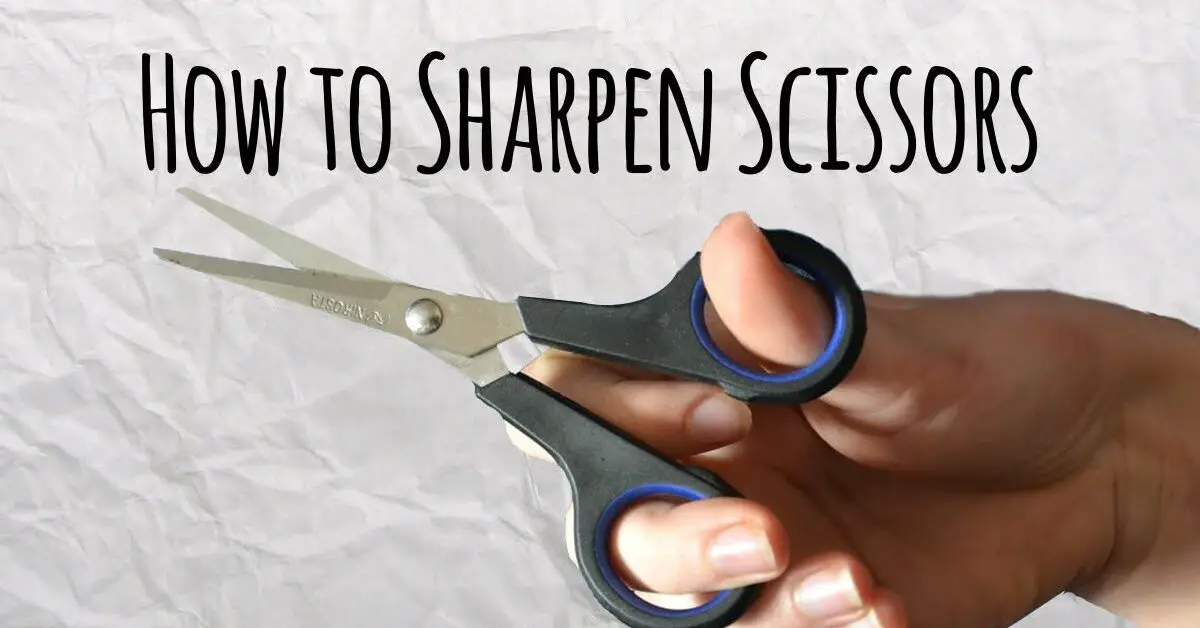
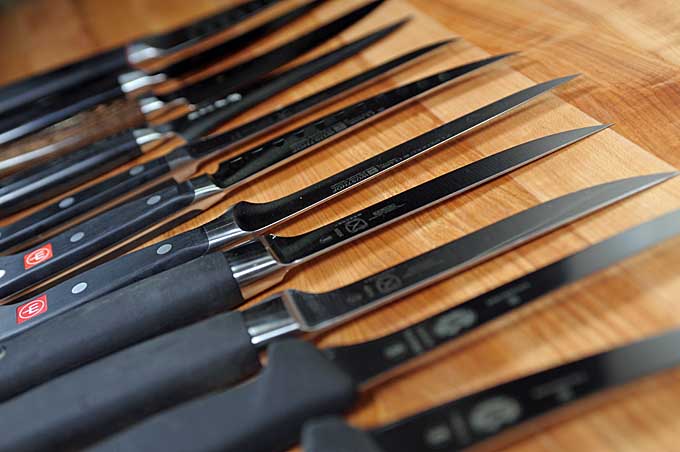

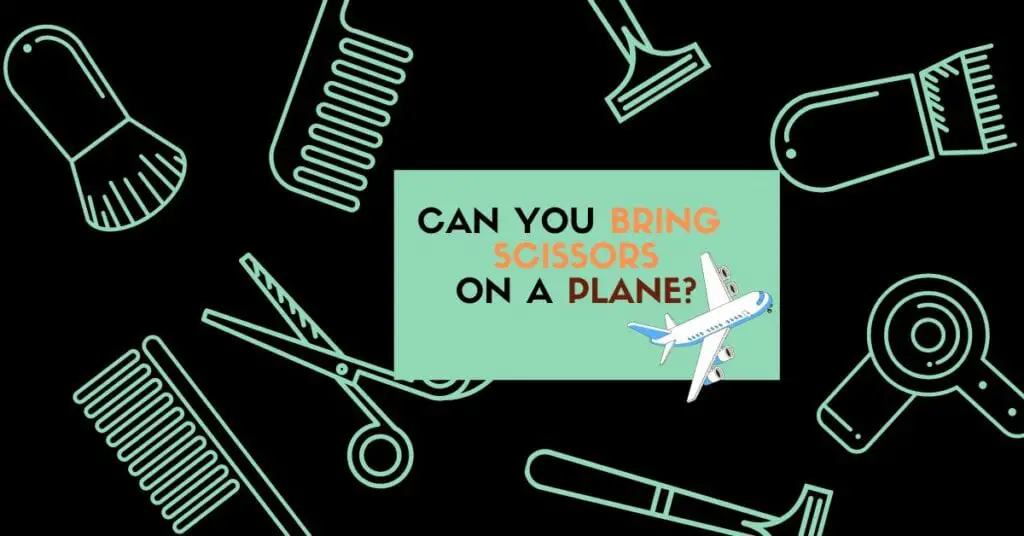

Hello to all, the contents present at this web page are genuinely remarkablefor people experience, well, keep up the good work fellows.
It’s wonderful that you are getting thoughts from this paragraph aswell as from our argument made at this time.
Fine way of telling, and good paragraph to get information regarding my presentation topic, which i am going to deliver in university.